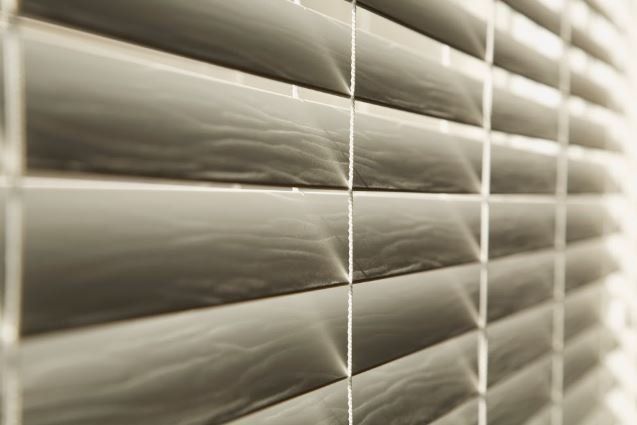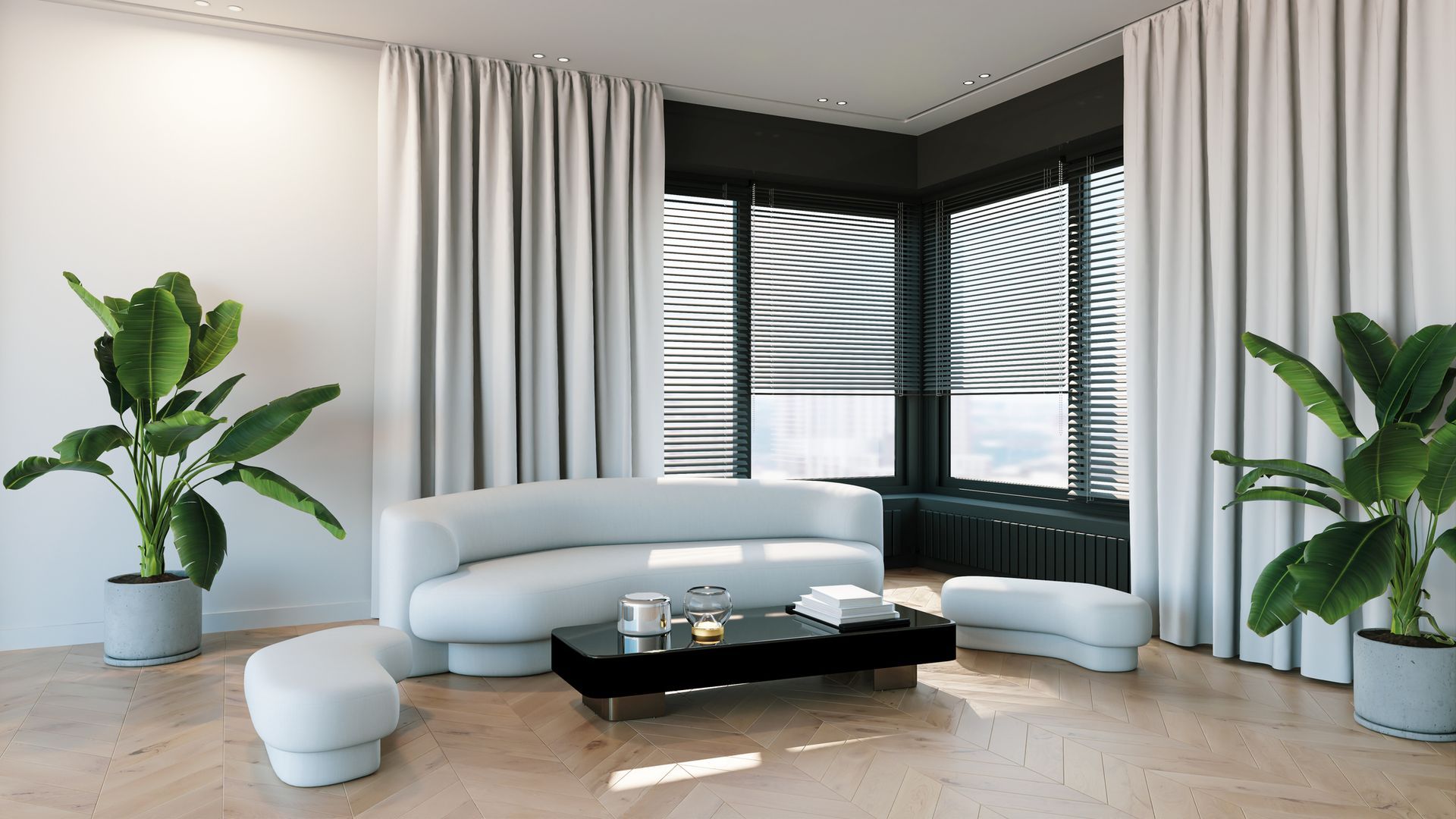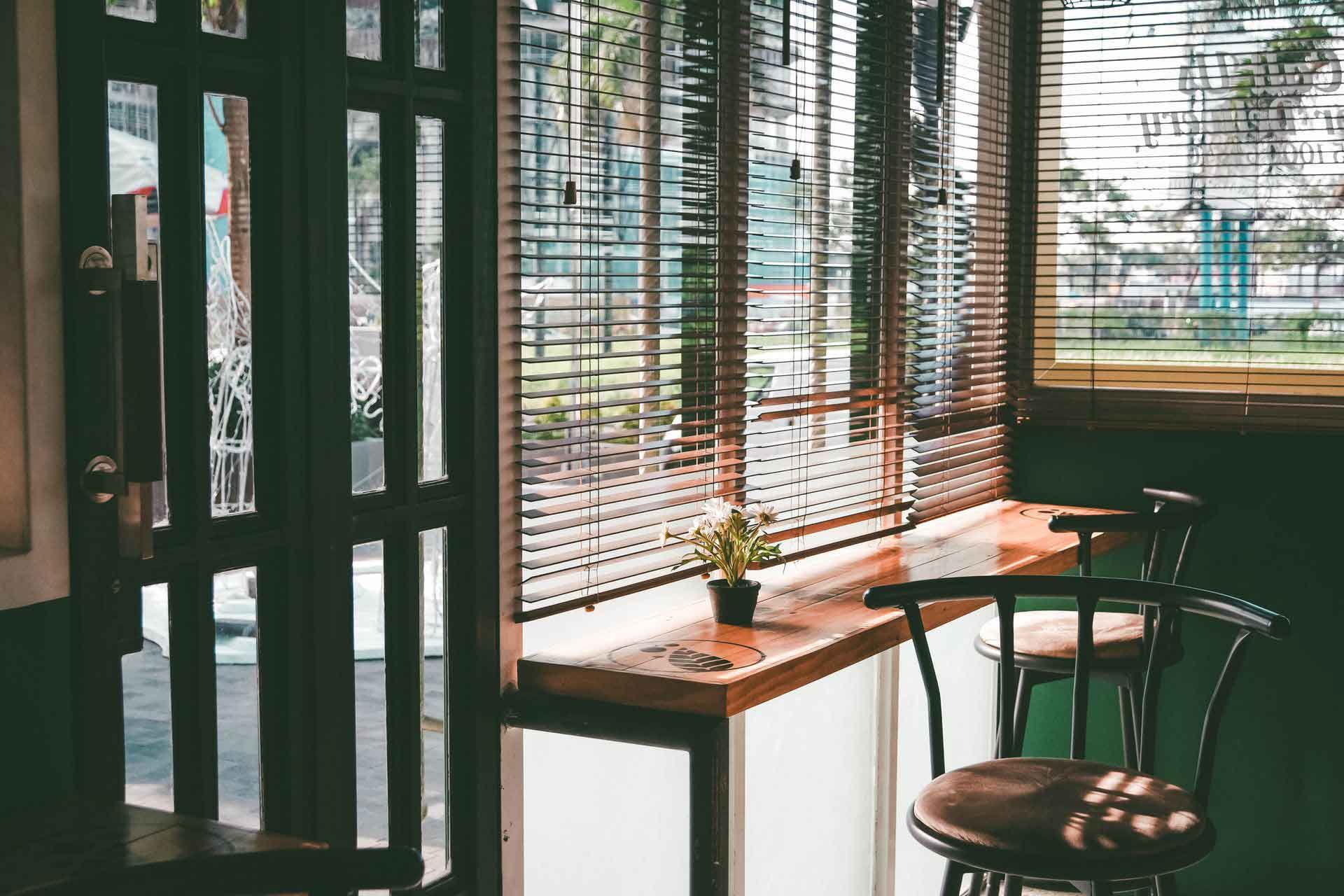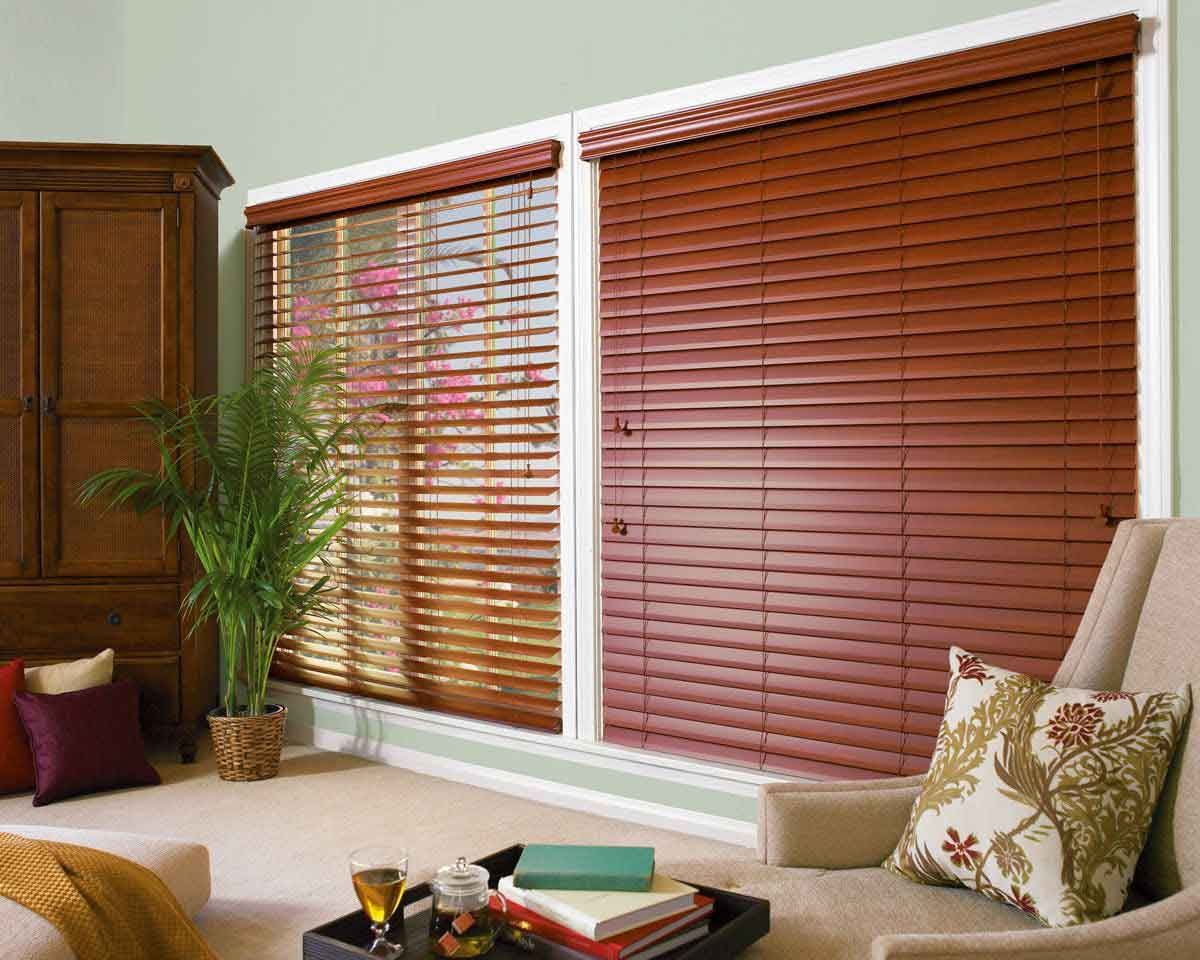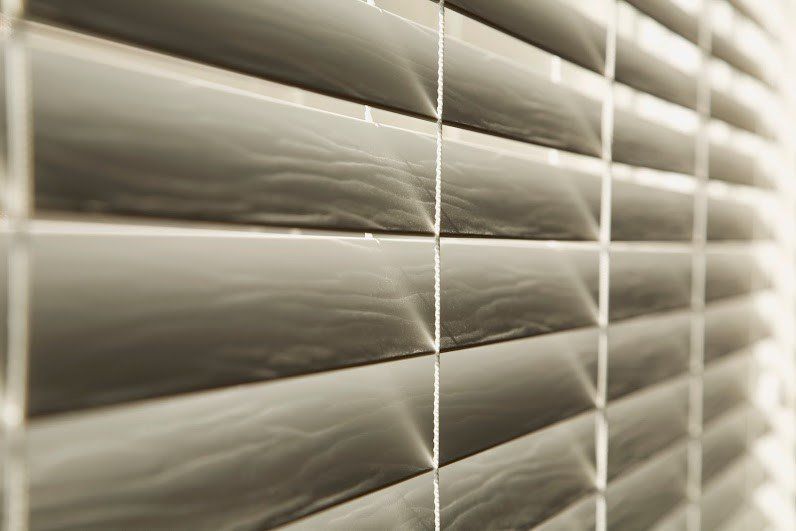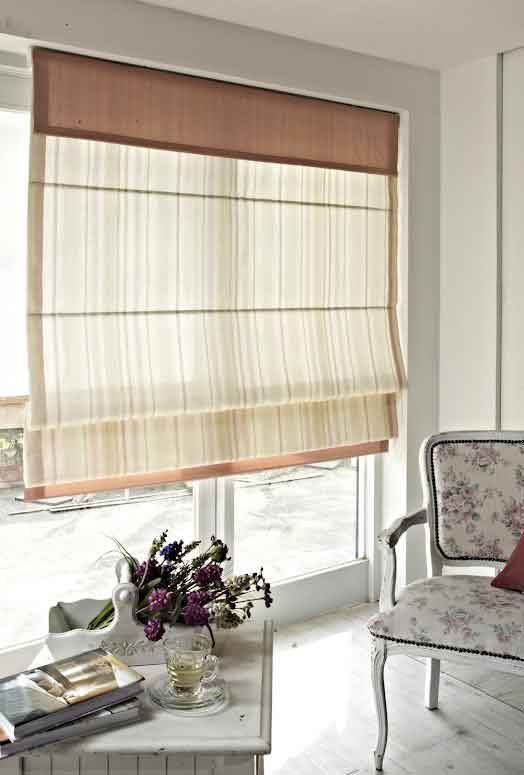Mistake to Avoid When Measuring Blinds
To make sure new blinds fit your home's windows perfectly, you must measure the windows precisely. While measuring is simple in theory, there are several errors that homeowners sometimes make when measuring for blinds. As you measure to see what size blinds you need, avoid these common mistakes.
Mistake 1: Assume All the Windows Are the Same Size
First, keep in mind that even though your windows might look the same, there are sometimes minor variations in the window sizes. For example, a window that was replaced might have slightly different dimensions than the others.
While a small variance might not be noticeable or important if you have no blinds in your home, even a slight difference will become noticeable once blinds are installed. With blinds in the windows, people will notice where one doesn't fit perfectly or lets in more sun around the edges.
This problem can be easily prevented by measuring each window that you purchase blinds for. If any do have a different height or width, you can adjust the dimensions for whatever blinds will go in that particular window.
Mistake 2: Measure Height and Width Only Once
Second, make sure you measure each window in multiple places. Although windows theoretically have the same height and width throughout, sometimes settling or warping makes one area a little narrower or taller than the others.
If you measure the height and the width each in three places, you'll have a more accurate view of the window's dimensions than if you measure in only one place for height and one place for width.
Anytime there is a variance in height or width, order blinds according to the tallest point and the narrowest point. This ensures that they'll cover the entire length of the window, even at its highest point, and that the blinds will fit entirely in the window.
Mistake 3: Use a Flexible Measuring Tape
Third, take all of your measurements with a steel measuring tape. Steel tapes are more rigid than cloth measuring tapes, so they'll give you a more accurate reading. Should you use a less rigid measuring tape, it could sag and give you an inaccurate result.
Mistake 4: Measure the Existing blinds
Fourth, many people are tempted to simply measure their existing blinds and use those figures when they order new ones.
If the existing blinds fit perfectly and you bought the same style, this should world alright. In many cases, though, existing blinds don't fit perfectly. They may not have been measured properly when first installed, or they could've been slightly altered over the years that you've had them.
Make sure you measure the windows themselves, so you can be confident that the new blinds will fit your windows well.
Mistake 5: Account for Factory Adjustments
Finally, a few homeowners may occasionally try to outsmart the factory and take into account factory adjustments.
For example, homeowners may increase their windows' width measurements slightly in order to hopefully prevent light from leaking around the side of their new blinds. Rather than preventing light from seeping in on the edges, though, this only creates blinds that don't fit the window properly and need to be adjusted.
But you should feel confident that the professionals who manufacture window blinds have already accounted for everything that needs to be taken into consideration. When you are ready to order blinds, simply give your choice of provider the accurate measurements and tell them what you want. They'll find a solution for you.
If you need new window blinds, contact Sylvan's & Philip's Drapes & Blinds. We have a number of blind and shade styles that will fit your homes design.
